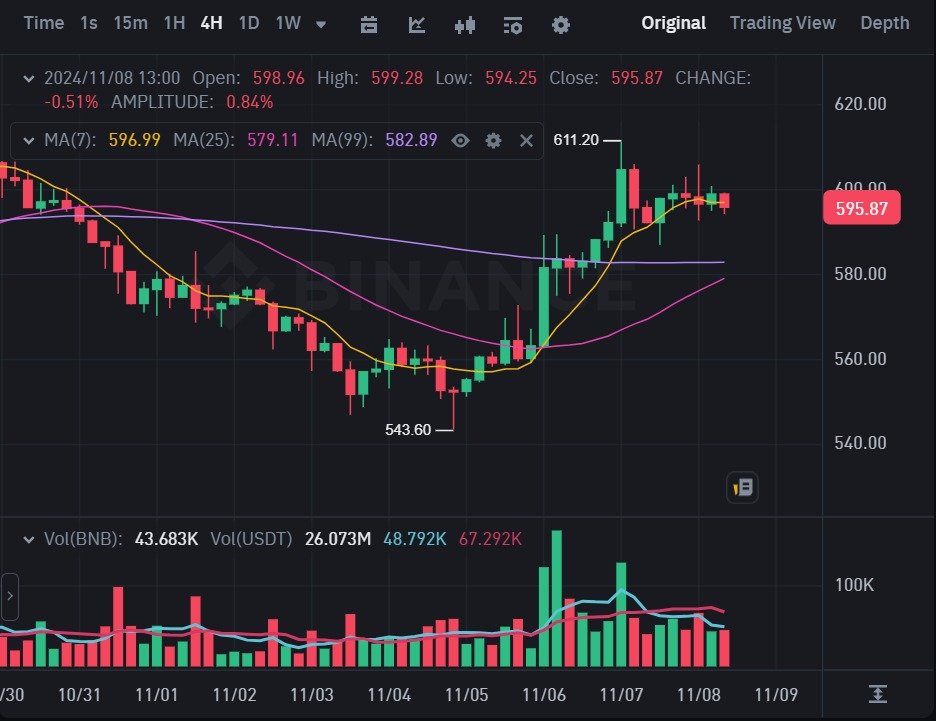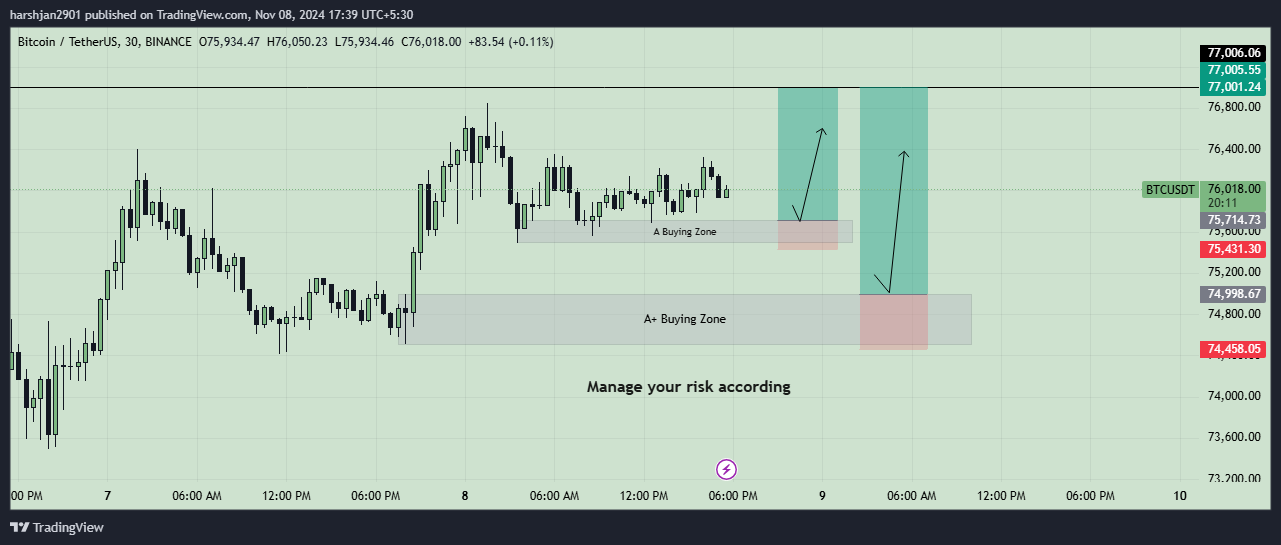Bitcoin mining profitability in 2024 is influenced by several key factors, which determine whether mining is a viable and profitable activity for individuals or enterprises. While Bitcoin’s price has seen considerable growth, reaching highs near $65,000 in 2024
, the increasing difficulty of mining, combined with rising operational costs, presents challenges for miners.
Key Factors Affecting Profitability
- Mining Difficulty and Hash Rate: The global hash rate has surged due to more advanced mining hardware, which means higher competition among minersBitdeer. As more miners join the network, the difficulty of mining increases, making it harder to earn rewards. Miners must ensure that they are using the most efficient equipment to stay competitive.
- Equipment Costs and Efficiency: While the cost of mining equipment has dropped significantly in 2024—down to about $20 per terahash—miners need to invest in advanced hardware to stay competitiveBitdeerToken Metrics. This shift in technology allows miners to access higher-performance machines at a lower price, but it still requires significant upfront investment.
- Electricity Costs: The major operational expense in Bitcoin mining is electricity, which can account for 75-85% of costsToken Metrics. As electricity prices vary by region, mining operations in areas with cheap, renewable energy like Iceland or Norway are at a distinct advantage. More miners are turning to renewable energy sources like solar or hydropower to reduce costs and minimize environmental impactBitdeer.
- Regulatory Landscape: Bitcoin mining regulations are tightening in some regions, making it harder for miners to operate. Countries like China have already imposed restrictions, while others like Canada and the U.S. are adopting favorable policiesBitdeer. The impact of these regulations on profitability depends on local laws and incentives.
Strategies to Enhance Profitability
To maintain or increase profitability in 2024, miners are adopting several strategies:
- Mining Pools vs Solo Mining: Many miners now join mining pools, which combine resources to increase the likelihood of earning rewards. This offers more predictable earnings than solo mining, especially when using less powerful hardwareToken Metrics.
- Energy Efficiency: Optimizing hardware efficiency through firmware updates and advanced cooling systems is essential to reducing energy consumption and extending the lifespan of equipmentBitdeer. Some miners are also utilizing excess heat from mining rigs for other purposes, such as drying timber, to increase overall profitabilityBitdeer.
- Cloud Mining and Hosting: For those who cannot afford the high costs of equipment, cloud mining provides a viable option. By renting computing power from established facilities, miners avoid the upfront costs of hardware but still participate in the marketToken Metrics.
Future Outlook
Looking ahead, Bitcoin mining in 2024 is expected to be shaped by ongoing technological advancements, the upcoming halving event (which will reduce block rewards), and the growing importance of sustainability. Miners will need to stay agile, adopting more efficient equipment and renewable energy solutions to stay competitive
. Moreover, the regulatory environment will likely continue to evolve, impacting where and how miners can operate.
In conclusion, while Bitcoin mining remains profitable for many, it requires substantial investment in technology, energy management, and adaptability to ever-changing market conditions. Miners looking to succeed in 2024 must optimize their operations and stay informed about technological advancements and regulatory changes. For more detailed insights into Bitcoin mining profitability, you can explore in-depth guides on sources like Token Metrics and Bitdeer.



